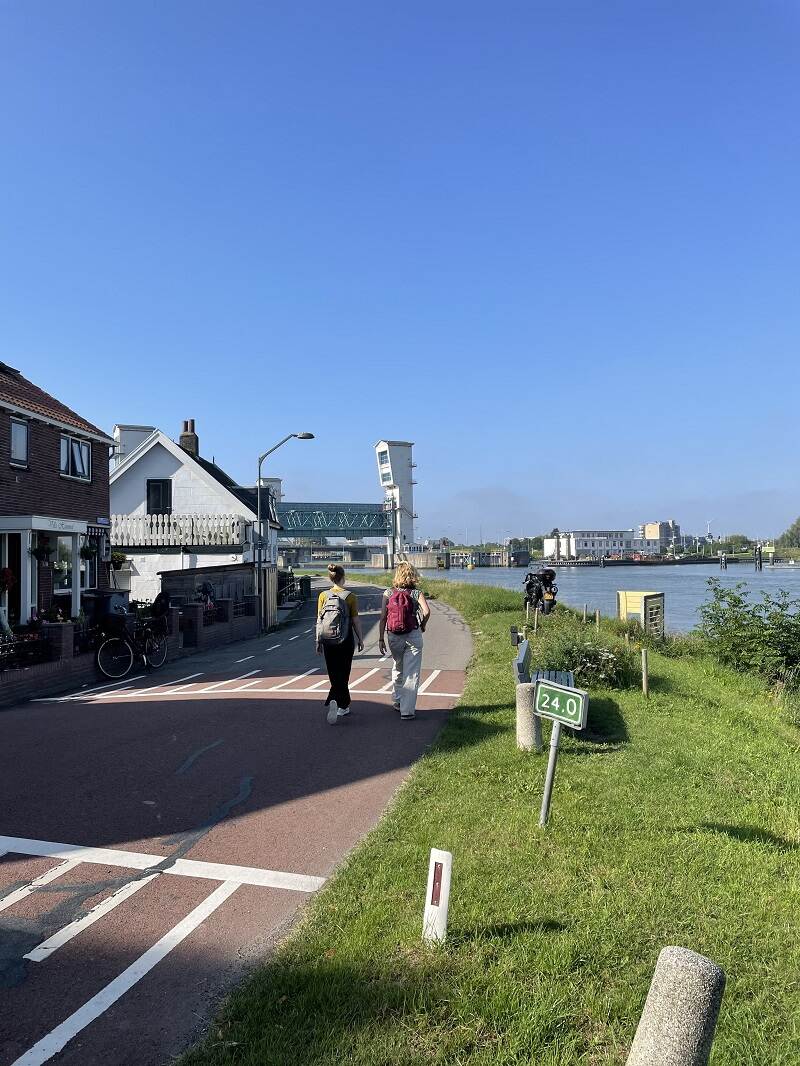Broader approach needed to safety behind the dykes
Minister of I&W must look beyond 2050
To make real work of the policy to protect the Netherlands from flooding, the Minister of Infrastructure and Water Management (I&W) must look beyond the year 2050. Flood safety calls for much more than just dyke reinforcement. Spatial planning measures are needed to make the country ‘water resilient’. With climate change increasing the risk of flooding, a combination of measures in front of, on and behind the dykes is needed.

The Netherlands Court of Audit presents these conclusions in an audit report on flood safety, Beyond the dyke. The report looks at the Minister of I&W’s ambition that the Netherlands ‘remains the best protected delta in the world’. The minister has prioritised dyke reinforcement until 2050, an ongoing operation costing an estimated €13 billion-plus. Protection behind the dyke, for instance by means of inner dykes or overflow areas, is making slow progress. ‘The minister’s narrow focus on dyke reinforcement is not fit for the future,’ writes the Court of Audit. Furthermore, studies have found that other countries are improving flood safety through spatial planning. ‘So it is possible,’ the Court asserts.
Since 2009, flood safety policy has been to offer protection on 3 fronts. This approach to flood risks is known as ‘multilevel safety’: flood prevention, damage mitigation and crisis management.
Multilevel safety consists of 3 levels: flood prevention, damage mitigation and crisis management

In practice, the Court concludes, the minister is preoccupied with traditional dyke reinforcement.
Dyke mangers such as Rijkswaterstaat and the water authorities can opt for flood protection measures other than dyke reinforcement, provided they can demonstrate that the alternative measures are more efficient. This is very difficult. The Court of Audit found that the costs and benefits of other measures are not known. Furthermore, the minister has not looked beyond the year 2050, yet flood safety will be determined mainly by longer-term and more ambitious measures beyond the dyke.
The Court of Audit examined 25 dyke reinforcement projects (40% of the projects carried out in 2022). It found that dyke managers took damage mitigation measures in only 5% of the projects, for instance by creating an overflow area or building an inner dyke. Such far-reaching measures are often rejected in the planning phase. Public support for projects is decisive for the water authorities and Rijkswaterstaat. There is often no support for interventions behind the dyke, where residents currently feel safe, especially for measures that do not involve reinforcement, radically alter the landscape or are costly to residents themselves (for instance, to adapt their homes).